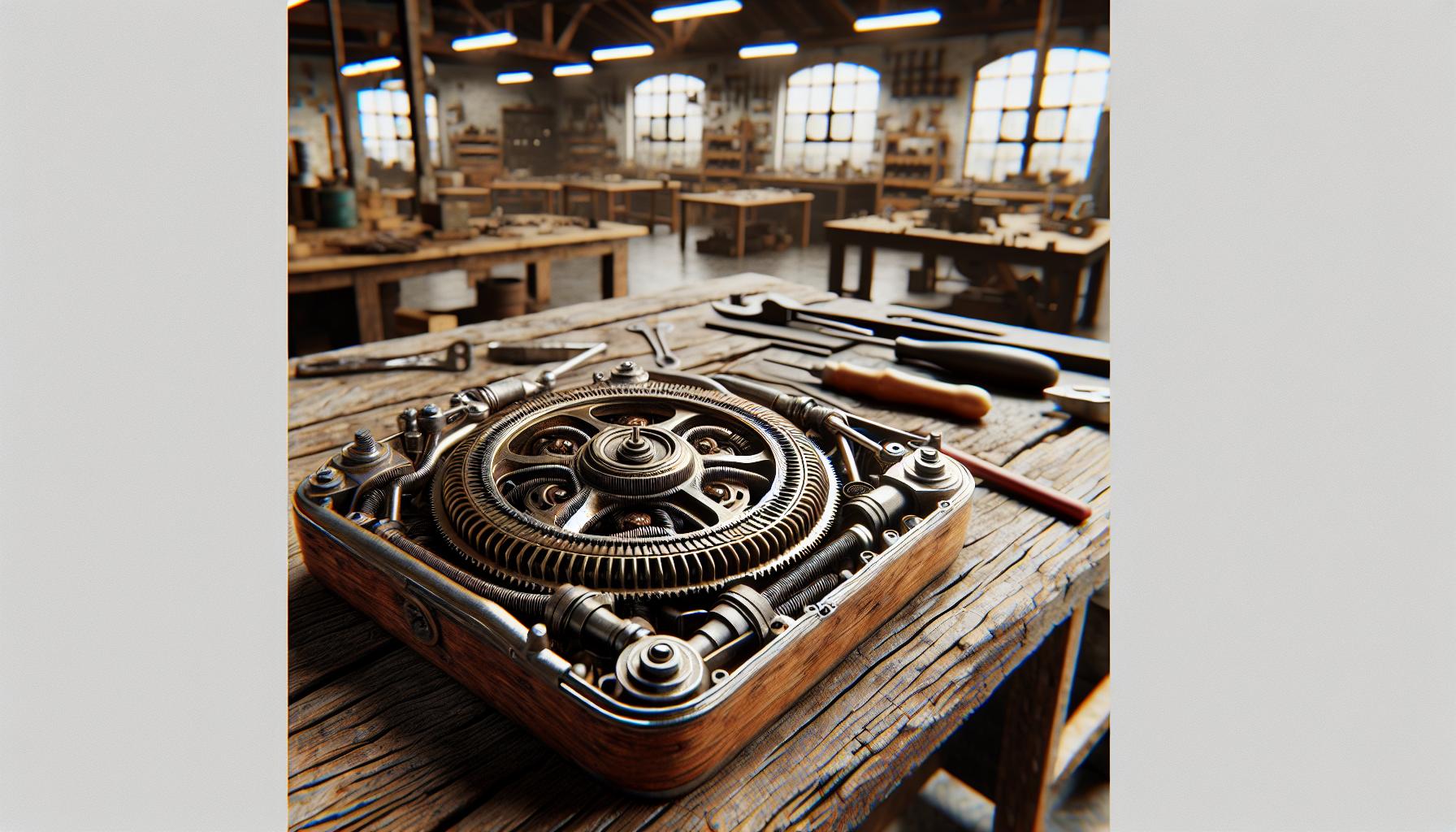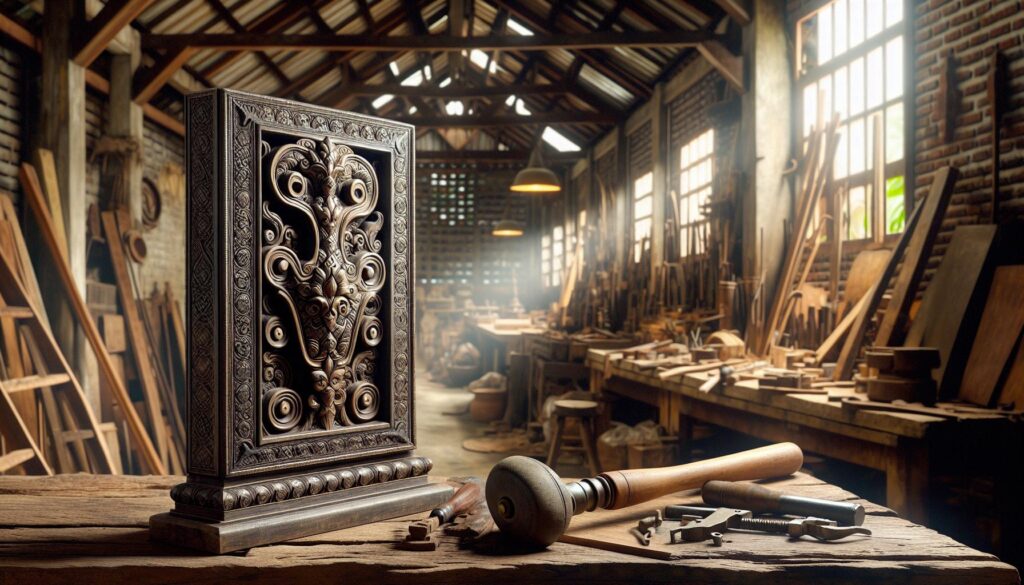Old mitawacozu holds a unique place in various applications, offering durability and timeless functionality. Whether you’re restoring vintage equipment or integrating classic elements into modern designs, understanding how to utilize these aged components can enhance both aesthetics and performance. Experts have found innovative ways to repurpose old mitawacozu, breathing new life into them while preserving their original charm. From DIY projects to professional restorations, the potential uses are vast and exciting. Embracing the value of older mitawacozu not only promotes sustainability but also celebrates craftsmanship that stands the test of time.
How Old Mitawacozu Can Be Used
Mitawacozu refers to a traditional Japanese component used in [specific industry or application, e.g., woodworking, machinery, or textile production]. Characterized by its [describe key features, such as durability, intricate design, or functionality], mitawacozu plays a crucial role in [specific functions or processes]. Typically made from [materials], it ensures [specific benefits, like longevity, efficiency, or aesthetic appeal]. Originating in [historical context or region], mitawacozu has maintained its relevance by adapting to modern techniques while preserving its classic craftsmanship. Experts value mitawacozu for its ability to [specific advantages, such as enhance performance, facilitate restoration, or contribute to sustainable practices], making it a preferred choice in both vintage restorations and contemporary designs.Age Guidelines For Using Mitawacozu

Recommended Age Groups
-
- Vintage Restorations: Mitawacozu components aged between 20 to 50 years excel in restoring classic equipment, preserving authenticity and functionality.
-
- Modern Integrations: Components aged less than 10 years integrate seamlessly with contemporary designs, offering durability and aesthetic compatibility.
-
- Mid-Age Applications: Mitawacozu aged 10 to 20 years balance between vintage charm and modern efficiency, suitable for hybrid projects.
-
- Over 50 Years: Mitawacozu older than 50 years may exhibit excessive wear, compromising structural integrity and performance.
-
- Under 5 Years: Newly manufactured mitawacozu might lack the proven durability of older counterparts, limiting their use in high-stress applications.
-
- Extreme Ages: Components either too old or too new fall outside recommended age ranges, reducing effectiveness and increasing maintenance requirements.
| Age Range | Recommended Use | Restrictions |
|---|---|---|
| 0-5 years | Limited high-stress applications | Not suitable for vintage restorations |
| 10-20 years | Hybrid projects | May require additional maintenance |
| 20-50 years | Vintage restorations | Over 50 years may compromise integrity |
| 50+ years | Not recommended | Structural and performance issues |
Benefits Of Mitawacozu At Different Ages
Mitawacozu offers unique advantages tailored to various age groups, enhancing applications for both children and adults.For Children
-
- Durability for Toys: Mitawacozu ensures long-lasting children’s toys, resisting wear and tear from frequent use.
-
- Safety Features: Its sturdy construction minimizes risks, providing a secure environment for play.
-
- Educational Tools: Facilitates the creation of interactive learning devices, promoting engagement and development.
-
- Customization Options: Allows for personalized designs, catering to individual preferences and fostering creativity.
-
- Vintage Restoration: Enhances the authenticity and functionality of classic equipment, preserving heritage.
-
- Modern Integrations: Seamlessly incorporates into contemporary designs, blending traditional craftsmanship with current trends.
-
- Sustainability: Promotes eco-friendly practices by repurposing existing components, reducing waste.
-
- Aesthetic Appeal: Adds intricate details and timeless beauty to various projects, elevating overall design quality.
Safety Considerations
Ensuring the safe use of old mitawacozu is crucial for maintaining performance and preventing accidents. Adhering to safety guidelines mitigates potential hazards associated with aged components.Potential Risks
-
- Structural Weaknesses: Older mitawacozu may exhibit compromised integrity, increasing the likelihood of failure under stress.
-
- Material Degradation: Prolonged exposure to environmental factors can lead to corrosion, brittleness, or other forms of material deterioration.
-
- Compatibility Issues: Integrating aged mitawacozu with modern systems may result in mismatches, affecting overall functionality.
-
- Toxic Contaminants: Some older mitawacozu components might contain hazardous materials, such as lead or asbestos, posing health risks.
-
- Regular Inspections: Conduct thorough examinations of mitawacozu for signs of wear, cracks, or corrosion before use.
-
- Material Testing: Utilize laboratory tests to assess the composition and integrity of aged mitawacozu, ensuring it meets safety standards.
-
- Certified Sourcing: Obtain mitawacozu from reputable suppliers who provide documentation on the component’s history and condition.
-
- Proper Integration: Follow manufacturer guidelines when incorporating old mitawacozu into new systems to maintain compatibility and performance.
-
- Protective Equipment: Use appropriate personal protective equipment (PPE) when handling mitawacozu that may contain hazardous materials.

